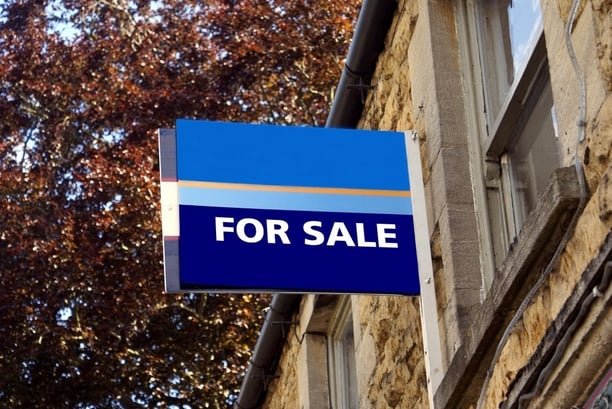BLOG
PPR Flipping- Principle Primary Residence

Private residence relief means that there is no capital gains tax to pay if you sell a property you have lived in as your only or main home for all of the time that you have owned it. For private residence relief purposes, each person can only have one main residence at any one time, and married couples and civil partners can only have one main residence between them. Where a person or a couple has more than one property which they live in as a home, for example a city flat which they occupy from Monday to Friday and a home in the country that they live in at weekends and during holiday periods, they can choose which property is their main residence for tax purposes. This ability to swap (or flip) properties can be a useful planning device to maximise the available exemptions.
Nature of the relief
Private residence relief applies to any portion of the gain that is attributable to a period of occupation as the taxpayer’s only or main residence. In addition, where a property has been the taxpayer’s main residence at some point, the last 18 months of ownership are automatically exempt. Letting relief may be available in addition to private residence relief if a property which has been a main residence has also been let out.
Multiple residences – choosing the main residence
A taxpayer with more than one residence can nominate which one is to be his or her main residence for private residence relief purposes. The election must be made within two years of a change in mix of properties. Thus where a second home is acquired, the nomination must be made within two years of acquiring the second property. Once a nomination has been made, it can be varied as many times as is required. A variation can take effect up to two years before the date on which the election is made. There is no particular form which an election must take, although it must be in writing and a letter is sufficient for these purposes.
Making the most of the last 18 months’ rule
If you have more than one home, it is worth making sure each is the elected main residence at some point as even a short period as the main residence is sufficient to shelter the gain attributable to the last 18 months of ownership.
Other planning opportunities
The private residence exemption is best utilised against the property which is likely to yield the biggest taxable gain. With careful use of the private residence exemption, combined with the final period exemption and annual exempt amounts, it is possible to enjoy gains on more than one home tax-free.
Need to know: If no nomination is made, it is a question of fact to which property is the main residence. Further, to be nominated as a main residence, a property must be lived in as a home.
If you need further advice on Principle Primary Residence/ PPR Flipping or information on any other tax related matters please get in touch with us at Inform.
Read earlier tax blogs:
Entrepreneurs'relief on the disposal of shares in a personal company
Making the most of profit extraction and current dividend rules



.jpg?width=1500&height=1000&name=amy-hirschi-K0c8ko3e6AA-unsplash-(5).jpg)

